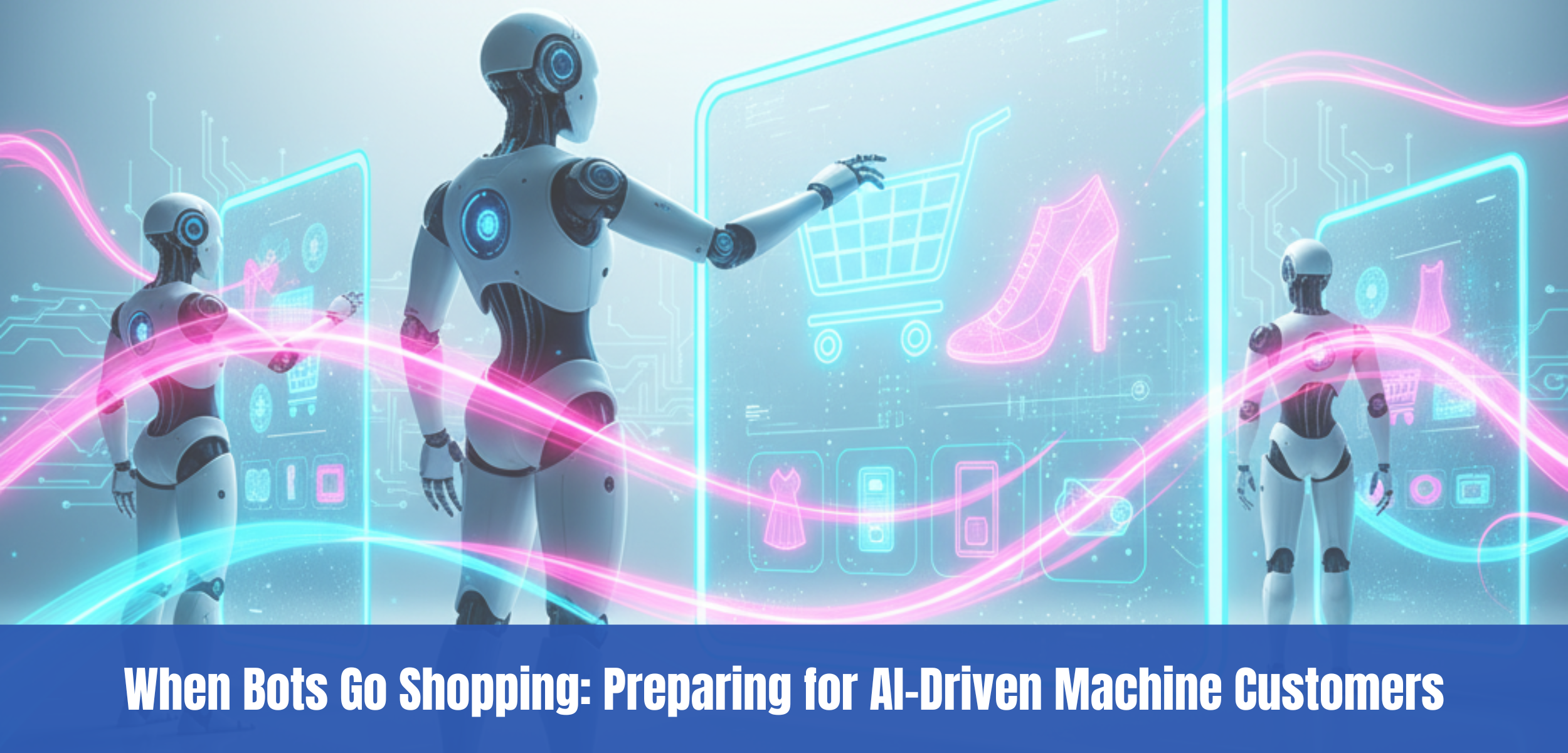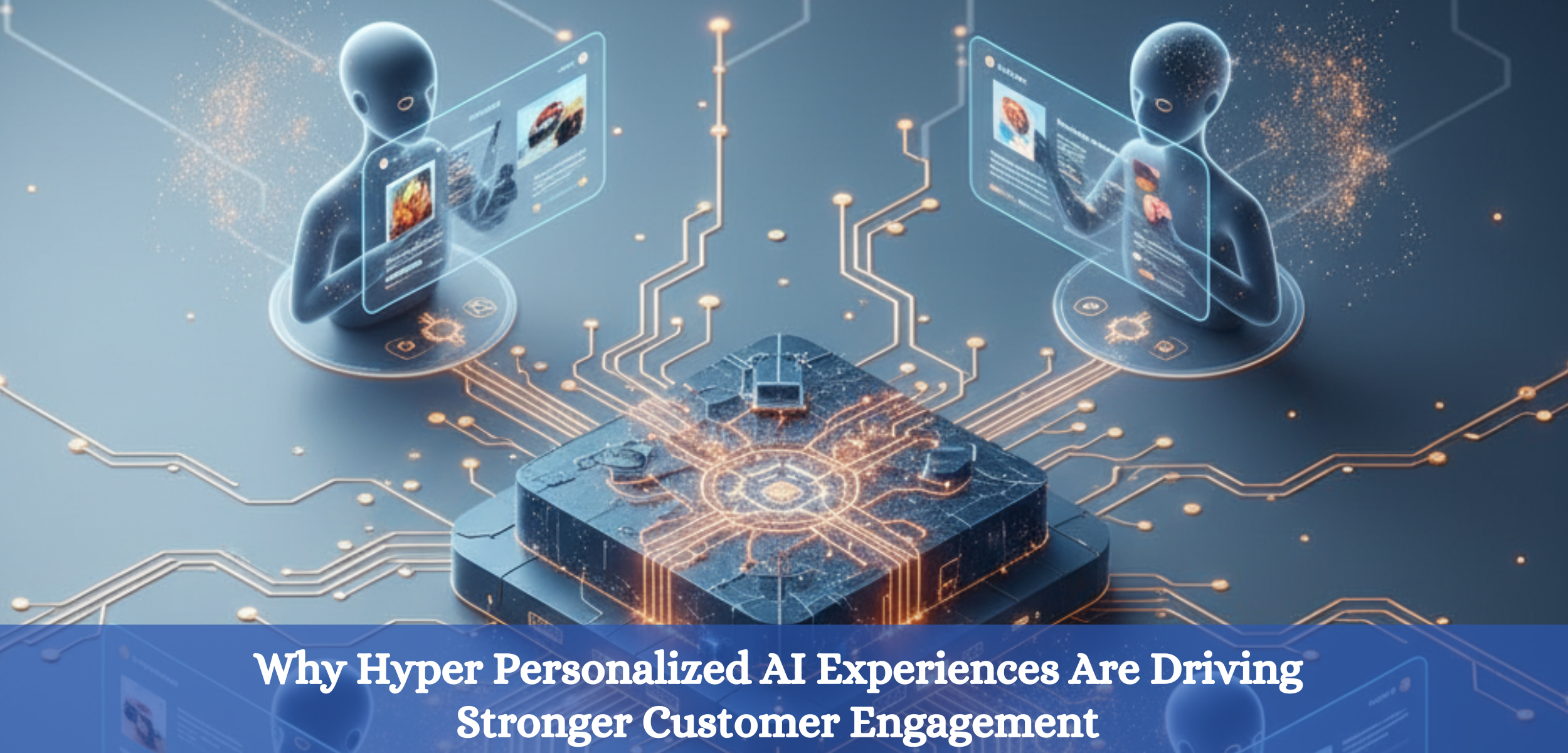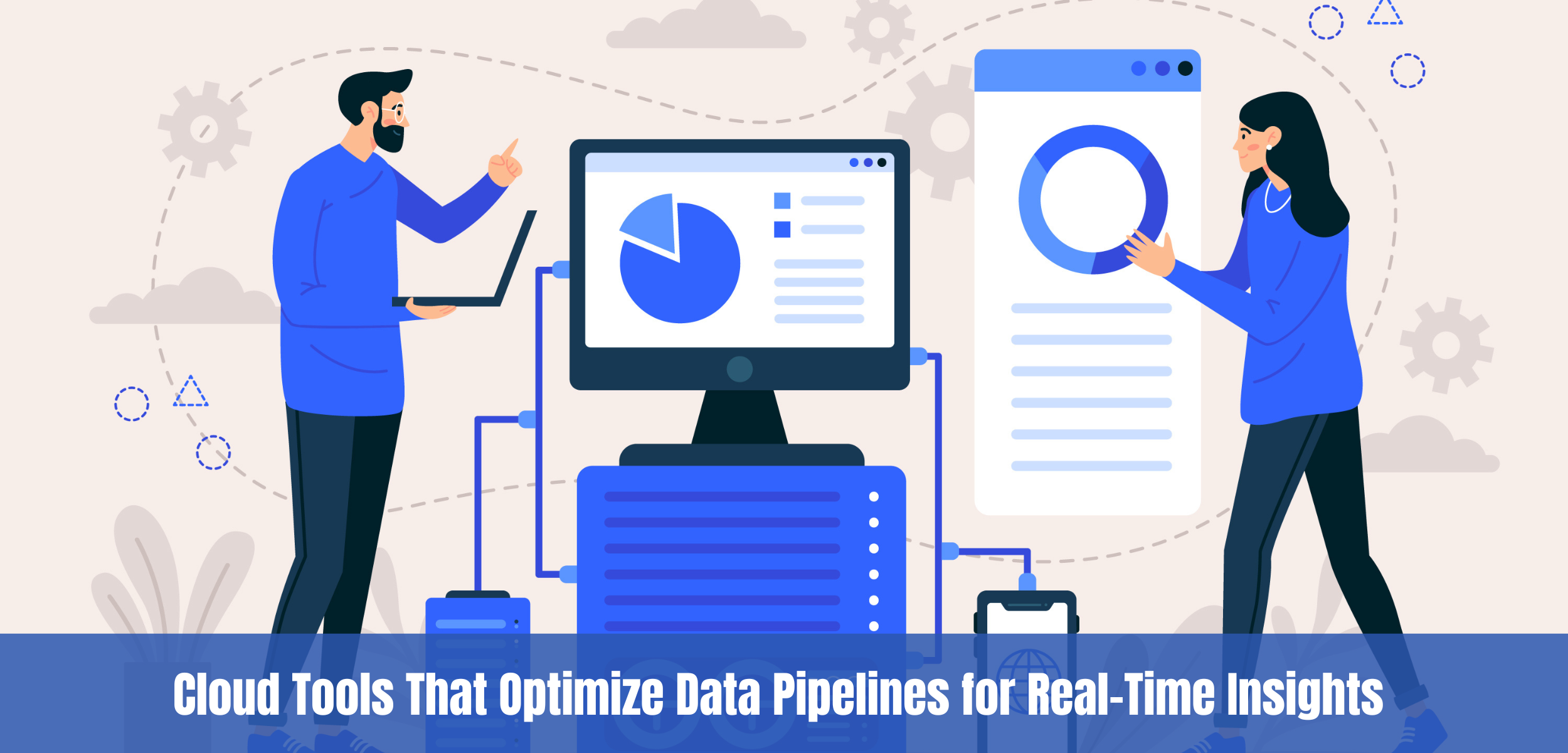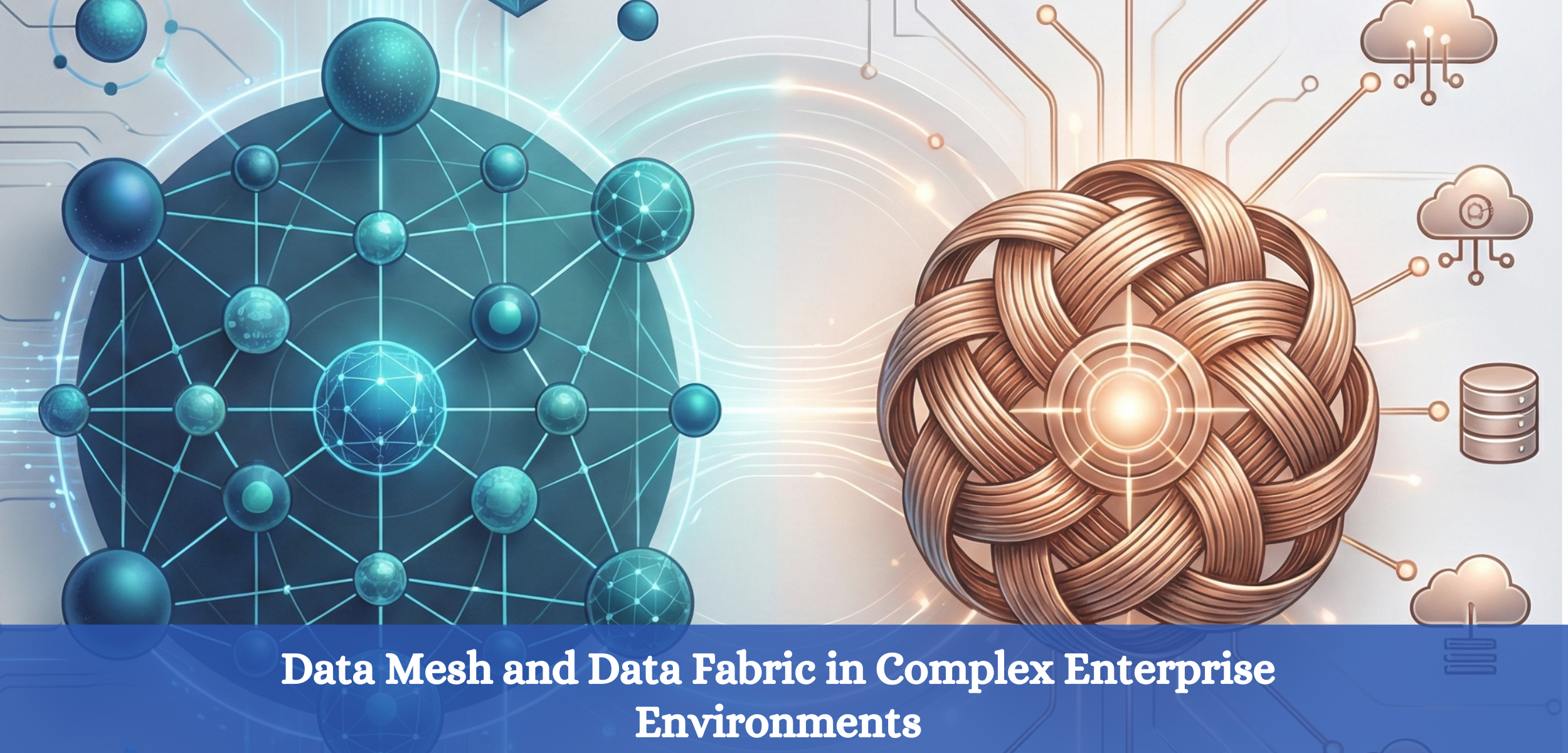Commerce is changing. In the past, transactions were always between humans, a customer browsing a website, adding items to a cart, and checking out. Today, software agents can act as independent buyers. They can research, compare, and purchase products automatically, without human intervention.
These AI-driven machine customers are emerging as a new type of participant in the digital economy. They do not rely on traditional interfaces or marketing campaigns. They interact with data, APIs, and logic, making decisions faster and often more accurately than humans.
For businesses, this shift raises a critical question: how do you prepare systems to sell to intelligent software agents? In this article, we will explore the technical, operational, and strategic considerations for preparing for machine customers, covering everything from architecture and AI models to security, payments, and future trends.
Understanding Machine Customers
A machine customer, or autonomous purchasing agent, is an AI system designed to make buying decisions on its own. Unlike simple e-commerce bots that follow rigid rules, these agents can reason, adapt, and learn from past decisions.
Imagine a personal shopper who never sleeps and never misses an opportunity to find the best deal. It can compare thousands of products in seconds, factor in delivery timelines and reliability, negotiate pricing, and place orders. Over time, it gets smarter, learning which vendors are reliable, which products are preferred, and when the best deals appear.
Machine customers generally operate across three technical layers:

|
Layer |
Function |
Example |
|
Perception |
Gathers data about products, prices, and availability |
A smart fridge checking multiple online stores for milk and eggs |
|
Decision |
Analyzes data and determines the optimal purchase |
Choosing a supplier based on cost, delivery speed, and past reliability |
|
Action |
Executes transactions, tracks orders, and updates records |
Completing the purchase, paying automatically, and logging the transaction |
This layered approach allows machine customers to see, think, and act autonomously while continuously learning from outcomes to improve future decisions.
Real-World Applications
Machine customers are already proving their value in both consumer and enterprise environments.
Consumer Examples:
- Smart appliances: A refrigerator that automatically orders milk or eggs when stock runs low, preventing last-minute grocery trips.
- Virtual assistants: Scheduling deliveries, managing subscriptions, or optimizing recurring purchases based on price trends.
- AI shopping assistants: Bots that track personal preferences and budgets to purchase clothing, electronics, or groceries efficiently.
Enterprise Examples:
- Procurement bots: Automatically sourcing office supplies, raw materials, or IT services based on predictive demand analytics.
- Cloud resource managers: Dynamically allocating and purchasing compute resources as workload demands fluctuate, reducing costs.
- Fleet management systems: Ordering maintenance, fuel, or insurance autonomously to ensure vehicles remain operational without human intervention.
These applications illustrate how machine customers reduce human workload while improving speed, efficiency, and accuracy.
Building the Architecture for Machine Commerce
Supporting machine customers requires a shift from human-centric commerce to API-first, machine-friendly systems. Unlike human users, AI buyers interact programmatically, so the architecture must be structured and predictable.

|
Layer |
Role |
Practical Example |
|
Interface |
Connects bots to merchant systems |
Bots query product catalogs and submit orders directly |
|
Data |
Provides structured product, pricing, and inventory data |
Real-time stock feeds and knowledge graphs |
|
Decision |
AI models evaluate options and select purchases |
Reinforcement learning agents choose suppliers based on cost, delivery, and reliability |
|
Execution |
Handles payment, fulfillment, and updates |
Automated payments through smart contracts, recording order completion |
|
Monitoring |
Observes performance, compliance, and anomalies |
Dashboards track bot behavior and flag unusual transactions |
For example, the decision layer might evaluate hundreds of suppliers in milliseconds, factoring in cost, predicted delivery speed, and reliability. Without this layer, a bot might select the cheapest supplier who consistently delivers late, causing operational disruptions.
Trust, Security, and Identity
Introducing AI buyers creates new challenges around trust and security. Businesses must ensure who is buying and that transactions are safe.
Key measures include:
- Decentralized identifiers (DIDs) to establish verifiable digital identities for bots and prevent impersonation.
- Verifiable credentials (VCs) to confirm the bot’s authorization, financial status, and operational scope.
- Zero-trust frameworks to validate every action, removing implicit trust assumptions.
- Ethical and operational limits, such as purchase ceilings, vendor restrictions, or category-specific rules, to prevent errors or misuse.
For instance, a procurement bot may be prohibited from ordering high-risk suppliers. If it encounters a new vendor, the system can flag it for human review. This ensures automated processes remain accountable and reliable.
Data and AI Backbone
-png.png?width=1408&height=736&name=Gemini_Generated_Image_uc00wduc00wduc00%20(1)-png.png)
Machine customers rely on high-quality, structured data for decision-making:
- Product metadata, specifications, and reviews
- Real-time pricing and inventory updates
- Supplier performance scores and historical reliability
- Usage patterns for predictive purchasing
AI models leverage this data to predict optimal purchase timing, evaluate risk, and negotiate prices. Reinforcement learning enables agents to improve over time.
For example, a delivery fleet AI learns which fuel vendors deliver consistently and at the best cost. Over multiple iterations, the agent optimizes both reliability and expenses, improving operational efficiency.
Payments and Transaction Automation
Autonomous buyers require secure and flexible payment infrastructure.
Tokenized wallets enable AI agents to manage funds independently for frequent or bulk purchases. Smart contracts automatically enforce conditions such as delivery verification and quality assurance. Multi-signature authorization ensures large transactions involve oversight, balancing autonomy with safety. Blockchain ledgers record all transactions in a tamper-proof way, creating accountability.
Consider a vending machine that monitors its own stock, automatically orders supplies, and pays via a secure wallet. Smart contracts ensure that only items meeting quality standards are accepted, eliminating human intervention while maintaining reliability.
Regulatory and Legal Considerations
Machine customers raise legal and regulatory challenges. Who is liable if a bot makes a wrong or fraudulent purchase? How are digital contracts handled when executed by AI agents? How do GDPR, CCPA, and emerging AI regulations apply?
Businesses must maintain audit trails, transparent processes, and ethical guidelines. Logs should clearly document why a bot selected a supplier or made a purchase, ensuring accountability and compliance.
Preparing Your Business
To support AI buyers effectively, businesses should:
- Build API-first commerce platforms that bots can interact with reliably
- Provide structured, machine-readable product and pricing data
- Maintain real-time inventory updates to avoid failed orders
- Offer algorithmic negotiation interfaces for dynamic transactions
- Monitor AI-buyer interactions with dashboards and alerts
Bot Experience Optimization (BXO) is the new frontier. Unlike traditional user experience, BXO focuses on making systems efficient and intuitive for algorithmic buyers.
Testing, Monitoring, and Continuous Learning
Before deploying AI buyers, testing and monitoring are essential. Simulate transactions in sandbox environments to identify edge cases. Stress-test negotiation loops and API request limits. Use anomaly detection to flag unusual or risky behaviors. Maintain explainability logs so every decision can be audited.
Continuous monitoring allows organizations to adapt as AI agents learn, preventing costly mistakes and ensuring safe, reliable operation.
The Future of Autonomous Commerce
Machine customers are paving the way for agent-to-agent commerce, where AI buyers and sellers operate independently.
Trends to watch include:
- Reputation and credit systems for bots
- Decentralized marketplaces optimized for autonomous trading
- Integration with smart supply chains and decentralized finance
Autonomous commerce is not a theoretical concept. Companies that prepare today will have a strategic advantage in speed, efficiency, and cost optimization in tomorrow’s digital economy.
Conclusion
Machine customers are transforming commerce. They offer speed, accuracy, and scalability, but also require trust, identity verification, secure payment systems, and governance.
Organizations must adopt API-first platforms, structured data standards, robust monitoring, and ethical frameworks to thrive. The future buyer may not be human, but it will be intelligent, autonomous, and ready to transact.
Get Ready with Evermethod Inc
AI-driven commerce is here. Prepare your business for machine customers with Evermethod Inc. We help companies design secure, scalable, and intelligent commerce ecosystems for autonomous buyers.
Start building for the algorithmic economy today with Evermethod Inc, where AI meets real-world transactions.
Get the latest!
Get actionable strategies to empower your business and market domination
.png?width=882&height=158&name=882x158%20(1).png)

.png/preview.png?t=1721195409615)

%2013.png)


